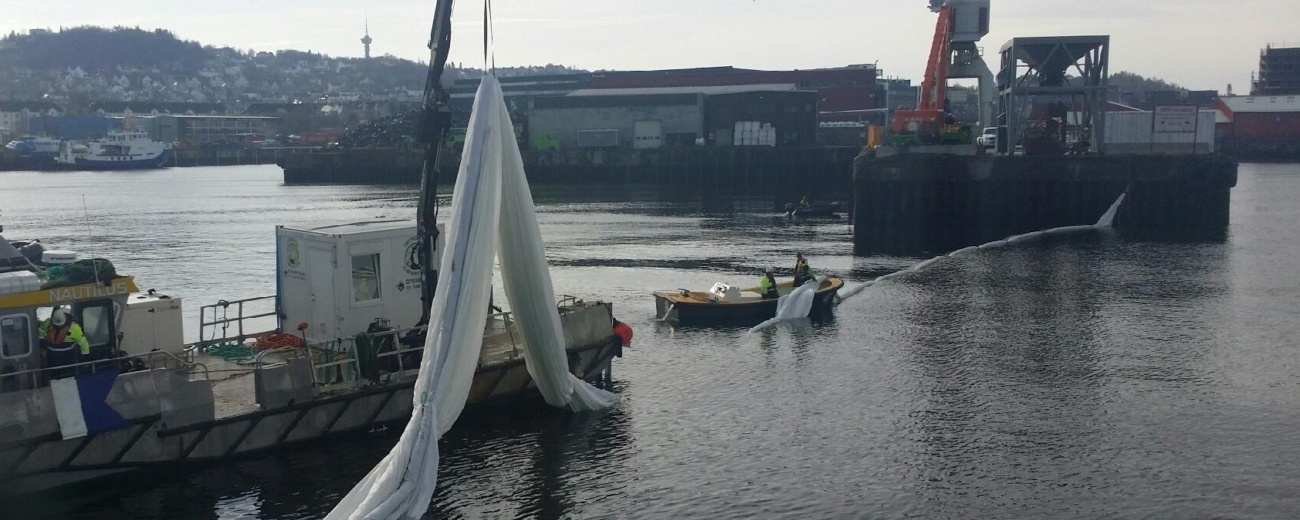Project background
Cleaning up after previous emissions of pollutants is important for a clean and rich seabed. The marine environment is affected by environmental pollutants from land-based sources in cities and industrial sites as well as from polluted seabeds in ports and fjords. Urban areas with the possibility of fishing are also important recreational areas. The seabed is the second largest source for spreading pollutants and pollution in the marine environment after the onshore sources.
Trondheim’s port areas were characterized by a thousand years of activity. With the support of the Norwegian Environment Agency, the municipality of Trondheim and the Port Authorities of Trondheim took samples of sediments, mussels, seaweed and fish.
In the seabed, heavy metals and organic pollutants were detected from previous industrial and sewage discharges to the sea. In addition, it was believed that diffuse sources of pollution such as air pollution from the city, construction and demolition, contaminated land, environmental toxins in products and ship paint may have contributed to contaminating the seabed in the ports with tar substances (PAH) and tributyltin (TBT). The findings were the basis for drawing up a comprehensive action plan for clean-up of polluted seabed in the harbor basin.
The purpose of the Cleaner Harbor project was to:
- Reduce the ongoing pollution from land-based sources
- Minimize health- and environmental risks
- Ensure a clean port for recreational purposes
- Ensure an ecological potential
Measures implemented in the period 2015 – 2016:
Landfill depot
The contaminated dredge must be deposited. In Nyhavna, the masses were placed in a beachfront landfill and a seabed landfill. The beachfront landfill was built up of stone, filter material and geotextile backfill. A deep pit on the seabed in front of Dora 1 was used as a seabed landfill.
Dredge and cover
Port areas at Ilsvika, Brattøra, Kanalen and Nyhavna were covered with clean, crushed limestone to insulate the pollution. This will prevent leaching and swelling and organisms from contact with the polluted masses. To ensure a good enough sailing depth, we dredged (dug up the seabed) in some areas of the Kanalen, Brattøra and Nyhavna.
